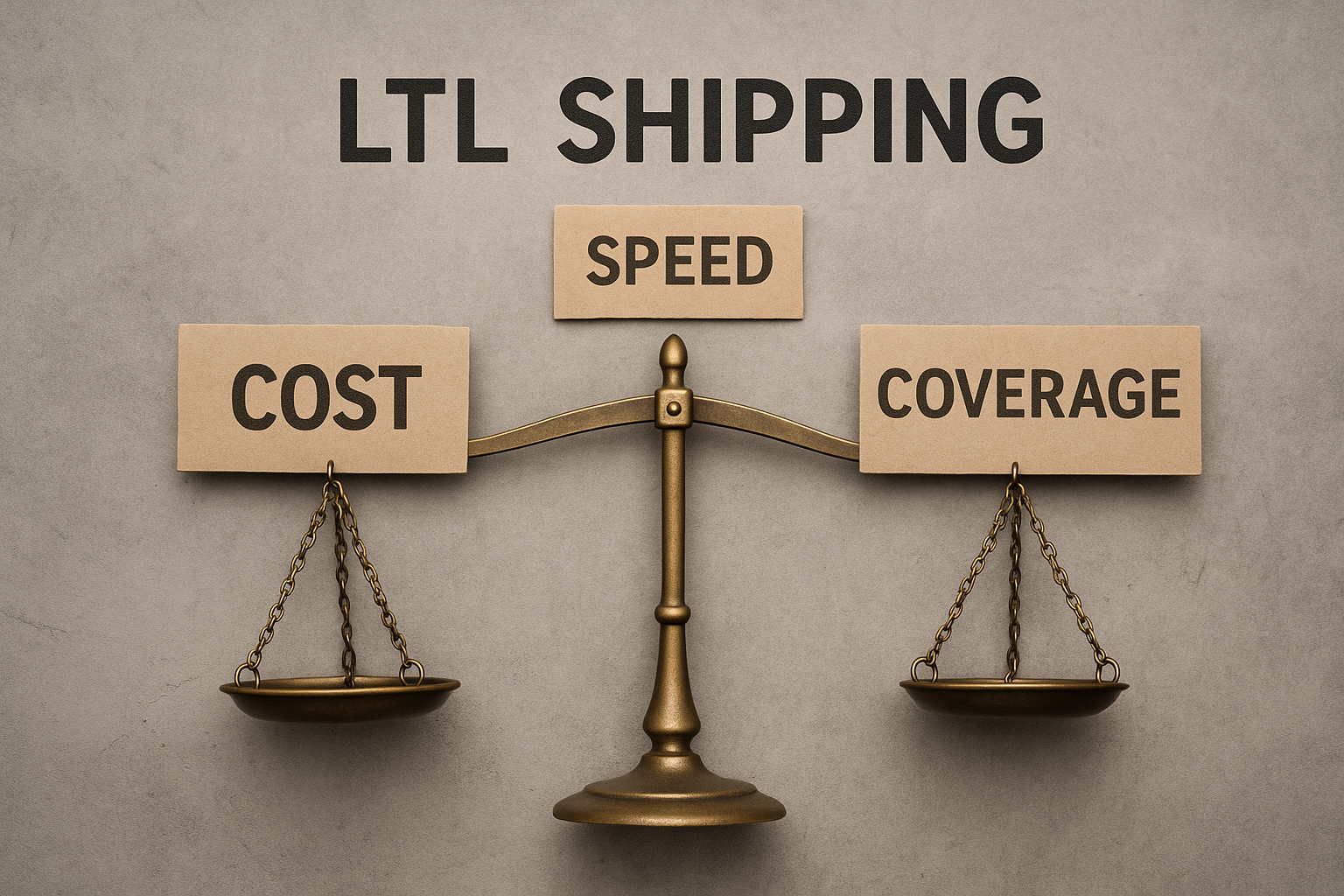When businesses need to move smaller freight loads without paying for a whole truck, less-than-truckload (LTL) shipping provides a practical solution. Choosing the right option often comes down to evaluating three main factors: cost, delivery speed, and service coverage. Each element can influence the bottom line and overall customer satisfaction, making careful comparison essential.
The variety of providers in the market means shippers must weigh trade-offs between pricing, transit times, and network reach. Some companies offer competitive rates but limited coverage, while others prioritize speed at a higher cost. To make informed choices, many organizations look at industry comparisons and resources highlighting the best LTL carriers, ensuring their decision aligns with budget and operational needs. Assessing these options carefully can help businesses build more reliable and efficient supply chains.
Table of Contents
Understanding LTL Shipping Costs
LTL shipping costs depend on several components that determine your total freight bill. Breaking down these costs can help businesses better manage and predict their logistics expenses:
- Base Rates: Every LTL carrier establishes base shipping rates, typically calculated per 100 pounds. These rates vary widely, so comparing carriers is essential.
- Weight and Dimensions: Larger, heavier loads may benefit from a lower per-pound rate, but increasing size and weight will still increase overall shipment costs.
- Distance: The farther the freight needs to travel, the more you’ll pay—mainly if the route includes out-of-network regions.
- Freight Classification: The National Motor Freight Classification (NMFC) system sorts freight based on density, handling, and liability, directly affecting rates.
- Additional Services: Accessorial charges—such as liftgate service, inside delivery, or residential delivery—can significantly impact the final bill.
A thorough understanding of these cost factors is crucial for budgeting and forecasting. Transparent cost breakdowns also create opportunities to negotiate with carriers or seek alternatives when budget constraints are tight.

Evaluating Speed in LTL Shipping
Speed is often a deciding factor for shippers with strict deadlines. LTL shipments typically travel on trucks, making multiple stops to consolidate different loads, which means they are generally slower than full truckload shipments. However, carriers offer expedited and guaranteed delivery options for urgent freight—usually at a premium. When time is money, understanding the trade-offs between speed and cost helps clarify which service level meets your operational needs.
Assessing Coverage and Carrier Networks
What sets LTL carriers apart is their coverage. By choosing a provider with a solid infrastructure, you can be sure your freight gets to its destination—a city or a rural area—without major disruptions. When assessing coverage, look at the service areas for all the relevant zip codes, and consider how close the terminals are to each other. This affects pickup and delivery times. Partner networks can also extend your reach, but keep in mind that their quality and speed can vary. A robust network is essential for businesses with a large customer or supplier base.
Balancing Cost, Speed, and Coverage
Shipping operations vary widely, requiring a balance of affordability, speed, and reach. A low-cost regional carrier supports local needs but may not suffice nationally. Conversely, a high-speed, nationwide carrier might be costly if speed isn’t crucial. Align your LTL shipping priorities with your logistics goals by reviewing volume, destinations, delivery urgency, and growth plans to ensure your carrier(s) meet current and future needs.
Leveraging Technology for Optimal LTL Shipping
Advancements in shipping technology enable shippers to perform real-time rate, speed, and coverage analysis. Digital platforms and shipping marketplaces make it easy to compare multiple carriers, book shipments, and monitor progress, all in one dashboard. This transparency empowers logistics managers to make smarter, data-driven choices, react quickly to market changes, and manage costs proactively.
Conclusion
Successful LTL shipping hinges on a delicate cost, speed, and coverage balance. Shippers can make confident choices that benefit their bottom line and customer satisfaction by familiarizing themselves with the nuances of pricing, prioritizing carrier networks that match their operational footprint, and leveraging modern platforms for transparent rate comparisons. In today’s competitive logistics environment, ongoing evaluation is the key to staying ahead and ensuring your business partners with the LTL carriers for evolving shipping needs.


